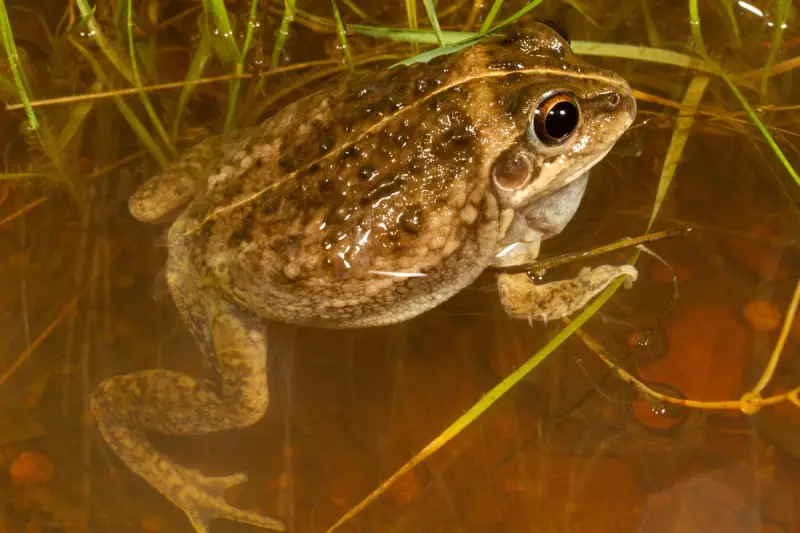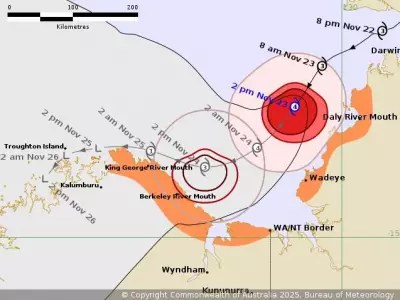
In the heart of Perth's western suburbs, one exclusive area remains conspicuously silent while a national chorus of frogs swells around it. Peppermint Grove has earned an unusual distinction as the only metropolitan Perth suburb without a single frog record on the national FrogID database, and researchers are calling on residents to help break the silence.
The Great Frog Count Gap
The Australian Museum's national FrogID Week, which concludes this Sunday, represents a crucial effort to capture Australia's amphibian activity through public-submitted audio recordings. Now in its eighth year, this citizen science initiative stands as the world's largest frog count, using smartphone technology to identify species by their unique calls and map populations across the country.
FrogID project coordinator Nadiah Roslan revealed the initiative has logged more than 1.3 million frog records nationwide, yet significant gaps persist - including right in Perth's affluent western suburbs. "In Peppermint Grove, what we've noticed is a small local government area in Western Australia that is missing FrogID records, and we have records in surrounding areas," Ms Roslan explained.
Hidden Chorus Waiting to Be Heard
Contrary to what the data suggests, Peppermint Grove likely hosts a surprisingly diverse amphibian population. Researchers believe up to 15 different frog species could be living in and around the suburb, from the familiar motorbike frog - whose distinctive call mimics a revving engine - to the slender tree frog, rattling frog, and even the elusive turtle frog.
"It looks like an alien and has a deep, short croak," Ms Roslan said of the unusual turtle frog. "It likes to breed in sandy burrows, and there's actually a lot we don't know about it, because they are quite elusive." The turtle frog surfaces only after rainfall, spending most of its life underground.
Why Frog Conservation Matters
The urgency behind FrogID Week stems from alarming statistics about Australia's amphibian populations. One in five frog species in Australia faces extinction threats, and scientists acknowledge significant knowledge gaps about these vulnerable creatures.
"All the scientists in Australia couldn't help fill this data on the scales we need to better understand our frogs, who are declining more rapidly than any other vertebrate group," Ms Roslan emphasized.
Frogs serve as critical indicators of ecosystem health, playing multiple essential roles in the environment. Their tadpoles help maintain clean waterways, while adult frogs provide crucial nutrition for native birds and mammals. Perhaps most importantly, they bridge freshwater and terrestrial ecosystems, ensuring both remain healthy and functional.
Australians are encouraged to download the free FrogID app from major app stores or visit frogid.net.au to record frog calls from backyards, local parks, or even stormwater drains. As Ms Roslan noted, "A short FrogID recording can make a huge impact for understanding our frogs and conserving our environment. This FrogID Week is how you can take part and make a mark on frog conservation."





